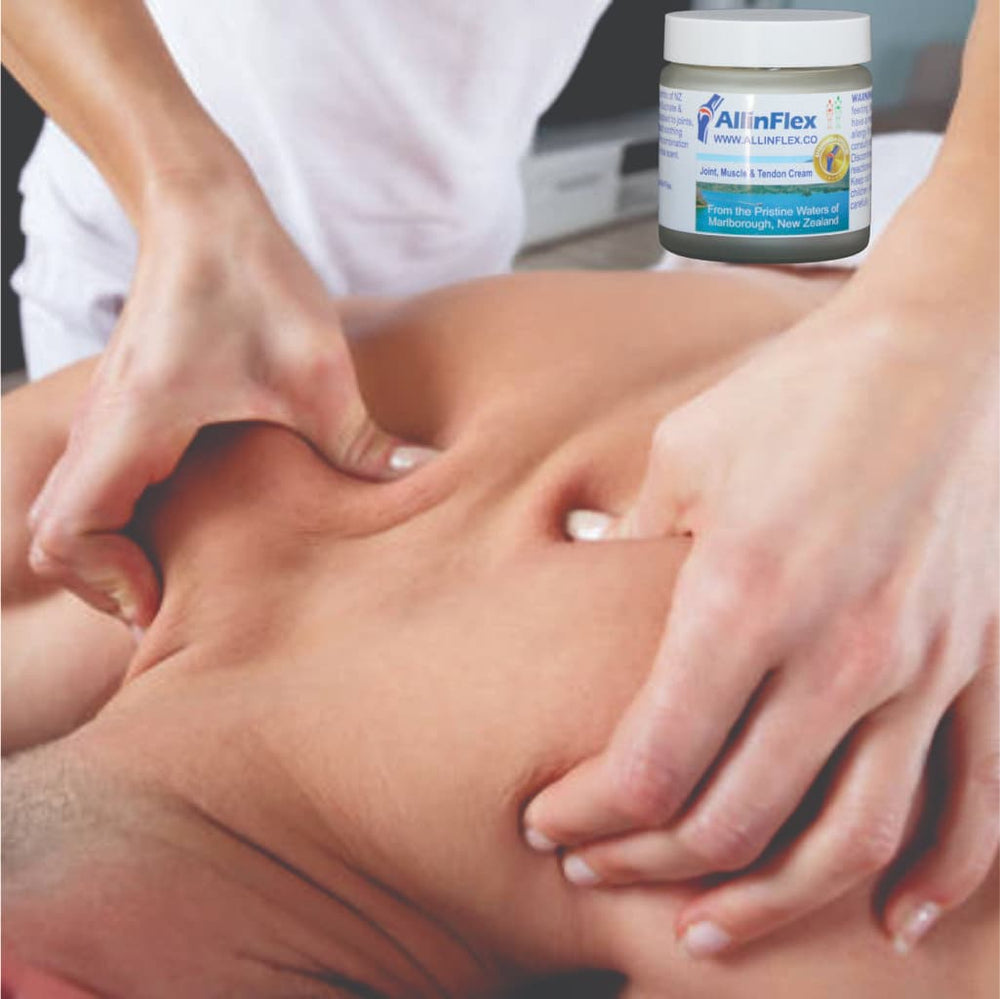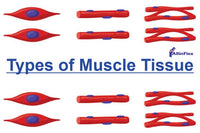Muscle Pain understanding of the causes, symptoms and natural remedies.
Muscle pain, also known as myalgia, is a common uncomfortable symptom that affects people of all ages and backgrounds.
Whether it's a dull ache or sharp discomfort, muscle pain can hinder our daily activities and reduce our quality of life. Understanding the causes, symptoms, and treatment options for muscle pain is crucial in managing and relieving the symptoms.
In this blog, we will delve into the world of muscle pain, exploring its anatomy, various causes, symptoms, and effective treatment methods for stiff and sore muscles.
To understand muscle pain, we must first familiarize ourselves with the anatomy of muscles.
Our bodies consist of three types of muscles: skeletal, smooth, and cardiac. Skeletal muscles, which are attached to our bones, play a crucial role in enabling movement. They are responsible for voluntary movements like walking, running, and lifting weights.
Smooth muscles, found in our internal organs, aid in involuntary movements, such as digestion and breathing.
Finally, cardiac muscles form the heart and are responsible for its rhythmic contractions, pumping blood throughout the body.
Muscle pain can have various causes, each requiring a different approach for prevention and treatment.
One common cause is overuse and muscle strain. Engaging in repetitive activities or strenuous exercises without proper rest and recovery can lead to muscle strain.
Athletes, manual laborers, and individuals who perform repetitive tasks are particularly susceptible to this type of muscle pain.
Preventive measures such as regular breaks, proper technique, and gradual increases in activity can help mitigate the risk of overuse injuries.
Muscle tension and stress are also significant contributors to muscle pain.
Stress can lead to muscle tension, resulting in discomfort and stiffness. High-stress levels trigger the release of stress hormones, causing muscles to contract and remain tense.
Stress-management techniques, such as meditation, deep breathing exercises, and regular relaxation practices, can help reduce stress-related muscle pain.
Injury and trauma can cause acute muscle pain.
Accidents, falls, and direct blows to muscles can lead to strains, sprains, or even tears. These injuries often manifest as sudden, severe pain, swelling, and restricted movement.
Seeking immediate medical attention is crucial in diagnosing and properly treating these injuries. Ignoring them may lead to long-term complications and chronic pain.
Certain medical conditions and diseases can also contribute to muscle pain.
Fibromyalgia, a chronic disorder characterized by widespread musculoskeletal pain, fatigue, and sleep disturbances, affects millions of people worldwide.
Myositis, an inflammatory condition affecting muscle tissues, is another example. Understanding these conditions and seeking appropriate medical care is essential for managing and treating the underlying causes of muscle pain.
Muscle pain can manifest as aching, soreness, stiffness, or localized tenderness.
It can be accompanied by swelling, redness, or limited range of motion. Differentiating between acute and chronic pain is important. Acute pain usually lasts for a short duration and is often the result of an injury or overuse. Chronic pain, on the other hand, persists for an extended period, often beyond the expected healing time.
If muscle pain is severe, interferes with daily activities, or persists for an extended period, consulting a healthcare professional is recommended.

Diagnosing muscle pain requires the expertise of healthcare professionals.
They may perform a physical examination, review medical history, and order additional tests, such as blood work or imaging studies, to determine the underlying cause. Treatment options for muscle pain depend on the specific cause and severity of the condition.
Non-pharmacological approaches are often the first line of treatment.
Resting the affected muscles, applying heat or cold therapy, and practicing stretching and strengthening exercises can help relieve muscle pain.
Over-the-counter pain relievers, such as acetaminophen or non-steroidal anti-inflammatory drugs (NSAIDs), can provide temporary relief for mild to moderate pain. For severe or chronic muscle pain, prescription medications and targeted therapies may be prescribed.
Complementary and alternative therapies, such as dietary supplements, muscle pain relief cream, physical therapy, massage, acupuncture, and chiropractic care, can also play a beneficial role in managing muscle pain.

These approaches focus on addressing underlying musculoskeletal imbalances, improving flexibility, and promoting overall muscle health. Additionally, natural remedies and supplements, such as green lipped mussel, are often used as adjunctive treatments, supporting optimal nutrition for muscle recovery.
Prevention is always better than cure when it comes to muscle pain.
Maintaining a healthy lifestyle is key to preventing muscle-related issues. Regular exercise, including strength training and flexibility exercises, helps keep muscles strong, flexible, and less prone to injury.
Proper warm-up and stretching routines before physical activity can prepare the muscles for exertion. Paying attention to ergonomics and using correct body mechanics when lifting or performing repetitive tasks can significantly reduce the risk of strain and injury.
Staying hydrated and consuming a balanced diet rich in nutrients supports overall muscle health and aids in recovery.
Understanding muscle pain empowers individuals to take control of their well-being.
By familiarizing ourselves with the causes, symptoms, and treatment options, we can better manage and prevent muscle pain. Remember, seeking professional medical advice is essential for accurate diagnosis and tailored treatment plans.
By adopting preventive measures and incorporating healthy practices into our daily lives, we can strive for optimal muscle health and live pain-free, active lives.



